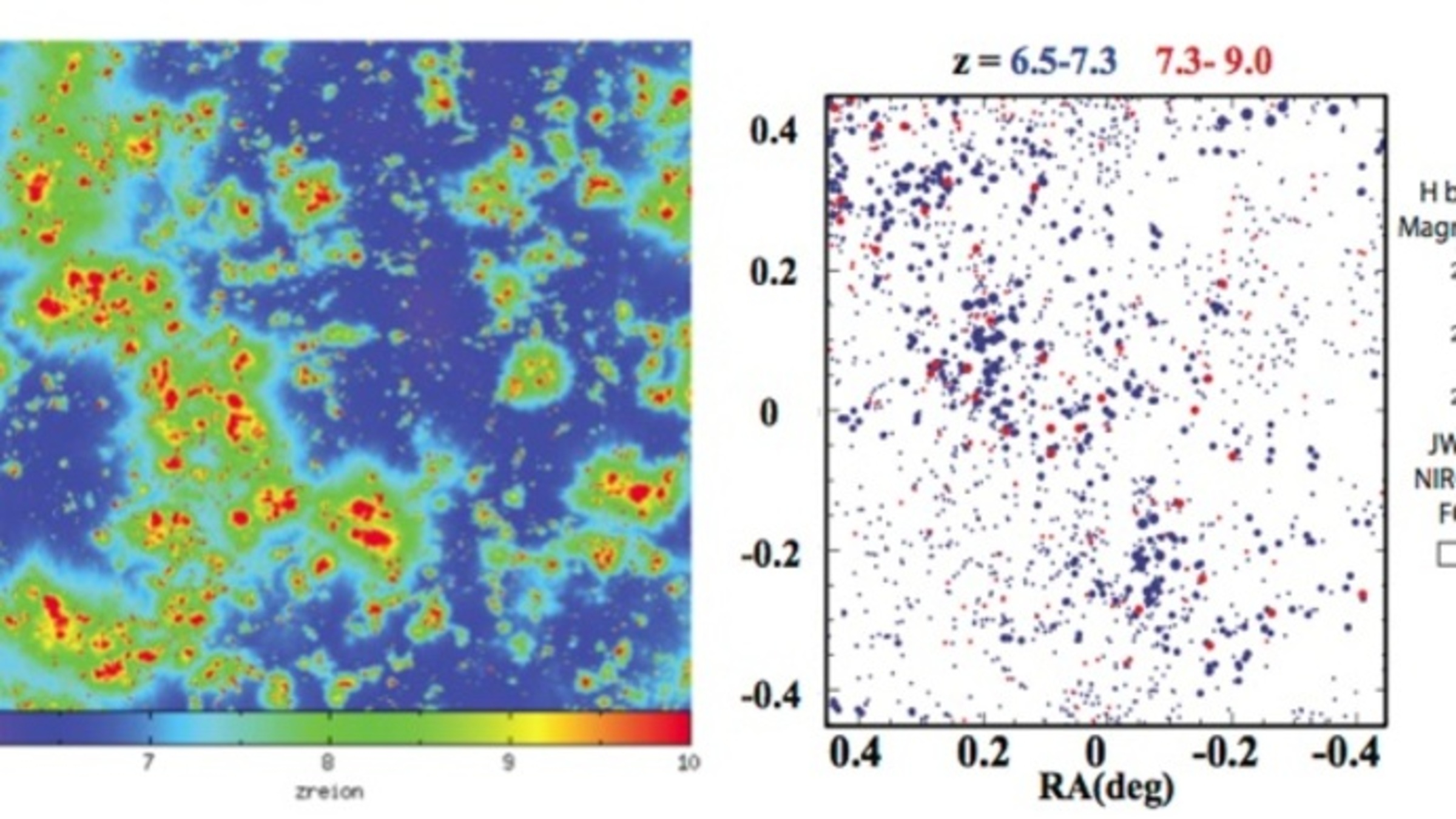

The Euclid/WFIRST Spitzer Legacy Survey proposal has been selected for observations in Spitzer GO Cycle 13. The PI is Dr. Peter Capak from IPAC, Caltech, leading an international team of 51 Co-Is. This ambitious program has been awarded 5286 hours of Spitzer Legacy Science Time, the most time awarded in this cycle, and a substantial fraction of the total available time in the remainder of currently planned mission lifetime for Spitzer. This program will observe 20 square degrees to 2h per pointing split between the Chandra Deep Field South (CDFS) and the North Ecliptic Pole (NEP). This will achieve 5sigma depths of 24.6 AB mag. It will enable the scientific research on reionization in the Universe, stellar mass from 3<z<10 and luminous quasars.
Here is the abstract of this approved observing program:
"We propose 5286h of Spitzer Legacy Science Time to carry out a precursor survey for Euclid, WFIRST, and JWST. The primary goal is to enable definitive studies of reionization, z>7 galaxy formation, and the first massive black holes. The proposed data will also enhance the cosmological constraints provided by Euclid and WFIRST. The survey will cover 20 square degrees to 2h per pointing, split between the Chandra Deep Field South (CDFS) and the North Ecliptic Pole. These are some of the darkest and most observable fields on the sky and have existing multi-wavelength data that will enable immediate science. The survey parameters are designed to enable stellar mass measurement at 3<z<10, probe the large scale structure of reionization, and find luminous quasars to the highest redshifts where they exist. The depth and area of the survey is truly unique and will not be superseded for decades. Only Spitzer can probe this region of survey space at 3-5um, a wavelength range that uniquely enables stellar mass estimates at z>3 enabling a direct probe of galaxy growth during the epoch of re-ionization."